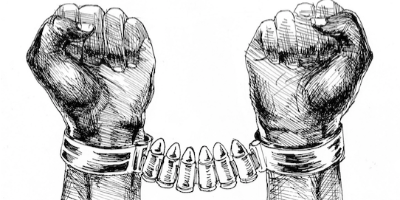4 h, may 18, 1896 y - Plessy v. Ferguson
Description:
“Separate but Equal”Plessy v. Ferguson was a landmark decision of the U.S. Supreme Court issued in 1896. It upheld the constitutionality of racial segregation laws for public facilities as long as the segregated facilities were equal in quality – a doctrine that came to be known as "separate but equal". The decision legitimized the many state laws re-establishing racial segregation that had been passed in the American South after the end of the Reconstruction Era (1865–1877). The decision was handed down by a vote of 7 to 1, with the majority opinion written by Justice Henry Billings Brown and the lone dissent written by Justice John Marshall Harlan.
Plessy legitimized the state laws establishing racial segregation in the South and provided an impetus for further segregation laws. It also legitimized laws in the North requiring racial segregation as in the Boston school segregation case noted by Justice Brown in his majority opinion. Legislative achievements won during the Reconstruction Era were erased through means of the "separate but equal" doctrine. The doctrine had been strengthened also by an 1875 Supreme Court decision that limited the federal government's ability to intervene in state affairs, guaranteeing to Congress only the power "to restrain states from acts of racial discrimination and segregation". The ruling basically granted states legislative immunity when dealing with questions of race, guaranteeing the states' right to implement racially separate institutions, requiring them only to be "equal".
Added to timeline:
Date:
4 h, may 18, 1896 y
Now
~ 129 years ago
